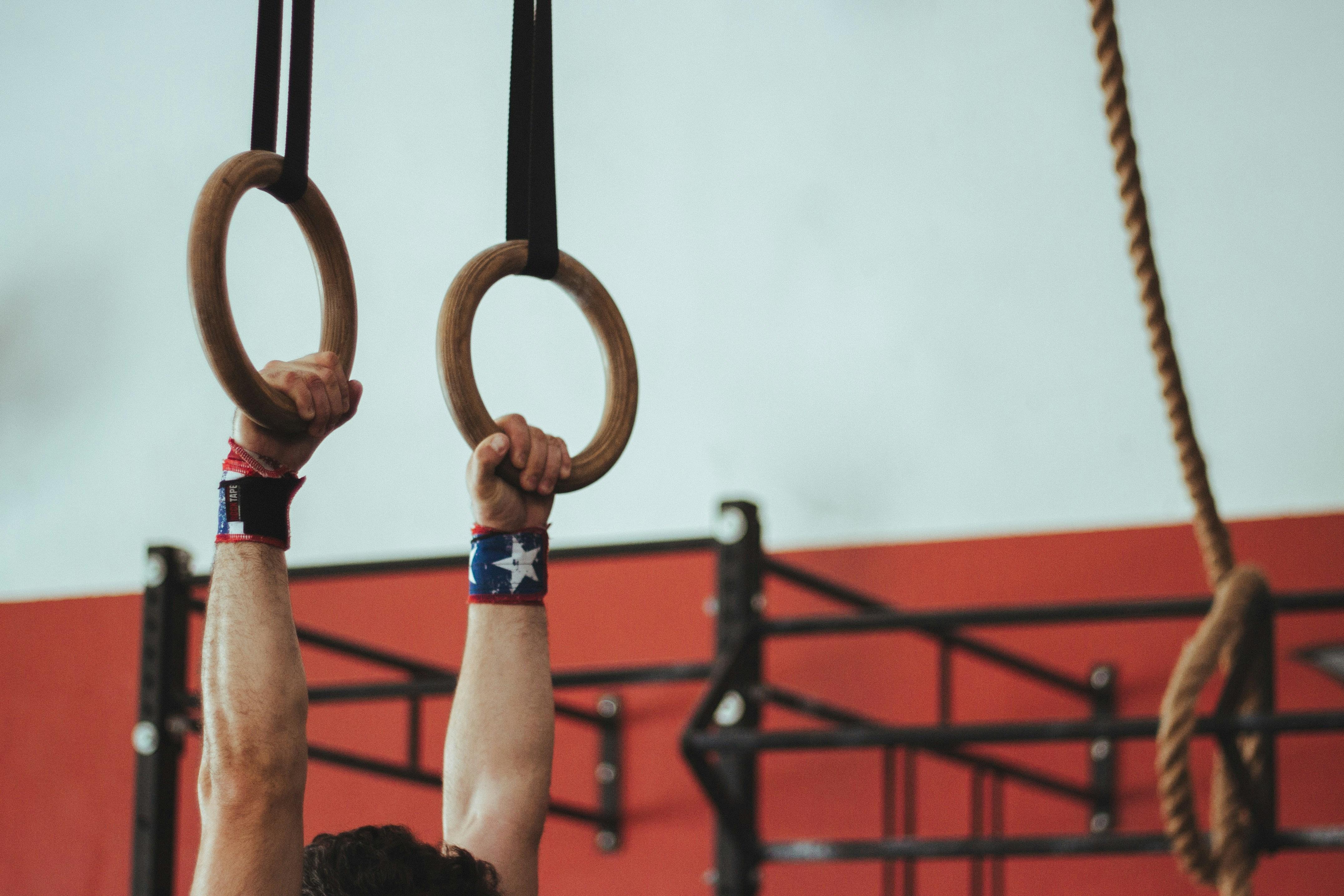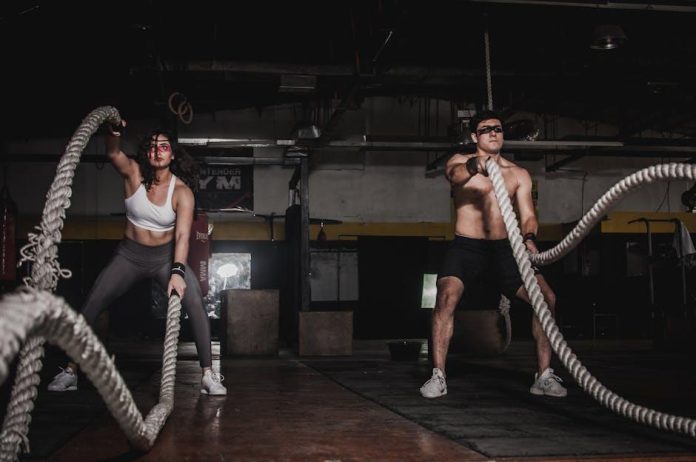In recent years, CrossFit has emerged as a fitness phenomenon, captivating the hearts and muscles of millions worldwide. With its promise of high-intensity workouts and community-driven spirit, it has redefined the way many approach exercise, pushing boundaries and breaking stereotypes. Yet, beneath the clatter of barbells and the camaraderie of group classes lies a pressing question that echoes through gyms and living rooms alike: Is CrossFit safe for everyone? As we delve into the world of WODs (Workouts of the Day) and AMRAPs (As Many Rounds As Possible), this article seeks to unravel the complexities of this fitness craze, examining the benefits and potential pitfalls, and ultimately guiding you on whether this high-octane regimen is the right fit for your health journey.
Understanding CrossFit: A Balanced Overview
CrossFit has surged in popularity over the years, captivating fitness enthusiasts with its high-intensity workouts and community-driven spirit. Yet, the question of its safety remains a topic of lively debate. CrossFit is not a one-size-fits-all program, and its safety largely depends on individual factors such as one’s fitness level, health conditions, and workout experience. It’s important to note that CrossFit encourages scalable workouts, allowing participants to adjust exercises to match their capabilities. However, the competitive atmosphere can sometimes lead individuals to push beyond their limits, potentially increasing the risk of injury.
- Customization: Each workout can be tailored to suit personal fitness levels, which is a critical component in ensuring safety.
- Coaching: The role of a knowledgeable coach is paramount in guiding proper form and technique, reducing the likelihood of injury.
- Community Support: The supportive environment fosters motivation, yet it’s crucial for participants to listen to their bodies and not succumb to peer pressure.
In essence, while CrossFit can be safe and effective for many, it’s vital for participants to approach it with awareness and responsibility. Listening to one’s body, starting gradually, and seeking professional guidance are key elements in harnessing the benefits of CrossFit while minimizing risks.

Assessing Individual Fitness Levels Before Starting
Before diving into the dynamic world of CrossFit, it’s crucial to evaluate your current fitness level. This assessment is not just about measuring physical capabilities but also understanding your body’s limits and potential. A comprehensive fitness evaluation typically includes:
- Cardiovascular endurance: How well does your heart and lungs support prolonged physical activity?
- Muscular strength and endurance: Can your muscles sustain repeated contractions or hold against resistance over time?
- Flexibility: Do your joints move through their full range of motion without discomfort?
- Body composition: What is the ratio of fat to lean mass in your body?
Understanding these aspects can help tailor a CrossFit program that aligns with your needs and goals. Engaging a certified fitness professional to guide this evaluation ensures a safe and effective starting point, making the journey into CrossFit both rewarding and sustainable.

Common Injuries and How to Prevent Them
Engaging in CrossFit can lead to a variety of injuries if proper precautions aren’t taken. Some of the most common injuries include muscle strains, joint pain, and tendonitis. These often result from overexertion, improper form, or inadequate warm-up. To mitigate these risks, it’s crucial to follow a few key guidelines:
- Prioritize Proper Form: Always focus on maintaining the correct form over lifting heavier weights. This reduces the risk of strains and injuries.
- Warm-Up Effectively: Begin with dynamic stretching and low-intensity exercises to prepare your muscles and joints for the workout.
- Listen to Your Body: If you experience pain or discomfort, don’t push through it. Rest and recover to prevent further damage.
- Gradual Progression: Increase intensity and weights gradually. This helps your body adapt and strengthens your muscles over time.
- Consult Professionals: Seek guidance from certified trainers who can tailor workouts to your individual needs and ensure you’re using the correct techniques.

Expert Recommendations for Safe CrossFit Training
To ensure a safe and rewarding CrossFit experience, it’s crucial to follow expert advice that focuses on technique, progression, and recovery. Qualified coaching is paramount; seek trainers with accredited certifications and a solid understanding of biomechanics. They should provide personalized guidance, ensuring exercises are performed with correct form to prevent injuries. Listen to your body—it’s a fundamental principle. Pay attention to signs of fatigue or discomfort, and don’t hesitate to modify or scale workouts to match your fitness level.
Incorporating variety in workouts not only keeps things exciting but also reduces the risk of overuse injuries. Experts recommend a balanced routine that includes strength training, cardio, and flexibility exercises. Recovery is key; prioritize rest days and incorporate activities like yoga or stretching to enhance mobility. Stay hydrated and maintain a balanced diet to fuel your body adequately. Remember, CrossFit is not a one-size-fits-all approach, so embrace a pace and intensity that suits you best, fostering a sustainable and enjoyable fitness journey.
Key Takeaways
In the ever-evolving landscape of fitness, CrossFit stands as both a beacon of community-driven workouts and a topic of heated debate. As we unravel the question, “Is CrossFit safe for everyone?”, it becomes clear that safety is not a one-size-fits-all answer but a nuanced tapestry woven from individual health, personal goals, and professional guidance. While some may thrive on the adrenaline and camaraderie of CrossFit, others might find their path to wellness elsewhere. Ultimately, the key lies in informed choices, listening to one’s body, and seeking expert advice. As the kettlebells settle and the chalk dust clears, remember that the journey to fitness is as unique as the individual embarking upon it. Whatever path you choose, let it be one that fosters health, happiness, and personal growth.


































